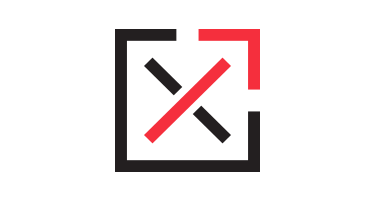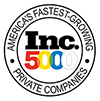Warning: The following post will not contain cameo mentions of Chuck Testa or Rebecca Black. Of course with a title that contains Part Deux one can’t miss out on a little “Hot Shots” product placement…
To say that this post will be as “epic” or life-changing as Bess’ post was yesterday would be an utter lie. I am not afraid to admit it nor would anyone else attempting to post even a little something in the wake of an article that covered the entire essence of one year. It’s like riding a pedal boat in the wake of the Titanic but nonetheless… I will follow up yesterday’s post with my second part to last week’s post, SEO Web Design Tips.
Last week, I briefly covered URL structure, Page breakdown and Meta (please take note that this information is abridged). This week, I will go over content relevance and internal linking/site usage.
- Content Relevance
-
If you haven’t figured it out by now, SEO is basically a battle to maintain relevance in regards to your keywords over the course of time. Now this should be easy, right? Lets say, my site is about customized bikes. So, why or how could Google dock me positions for keyword searches that are exactly or related to “customized bikes”?
This question alone is the reason why businesses employ SEO firms to fight the battle for them. Why? Odds are there is another “customized bikes” store out there waging war against you without you knowing… This was until yesterday when you did a search for “customized bikes” and saw you were third.
How does a less relevant site beat you? Heck, their business doesn’t even offer all of the different customization options you do, and they’re winning the war!!??? Well, you decide to read their content on the page, and they manage to employ effective SEO articles that are also reader friendly. On top of that, their site is optimized for meta, and they have a great backlinking strategy that is not spammy.
What do you do?…
…Fight Back!
You are the most relevant choice, and you know it! Since the square root of SEO is relevance (there are other less important factors outside of relevance like usability, site loading speed, traffic, etc. that can influence rankings), you now know that your site needs to have content that matches the topic of your URL, Title tags and H1 tags. So, if you were to go after the keyword, customized bikes, then you would need to have a similar breakdown to the one below (Note: This is a very basic breakdown):
URL
http://www.domain.com/customized-bikes
Title Tags
Customized Bikes,etc…
Meta Description
This content should contain information about customized bikes.
Content
This page should contain relevant information about customized bikes (color variations, etc.).
So, is this the secret sauce to successful SEO? In short, they are important but they’re no guarantee to instant top-page ranking. These additions help define your page for Google, but they alone will probably not gain you the top rankings you believe your site deserves. This means you need to focus on other aspects of your site now that it’s tricked out with relevant content!
- Internal Linking/Site Usage
-
Internal linking is the process in which you make it as simple as possible for your visitors to navigate throughout your site. It’s absolutely amazing how many sites get this wrong considering how simple it is. Keeping track of where your pages lead to can mean the difference between a visitor being content with their experience at your site or going to the number 2 competitor on Google. Would you want someone coming to your retail store only to find that half of it is taped off because there’s nothing there? Didn’t think so.
Internal Linking Techniques
- Have a noticeable navigation bar
- Use breadcrumbs
- Have a sidebar with a list of your pages or most relevant pages to your site on every page of your site
- Have a working search bar
- Employ a custom 404 page
- When you make URL changes, make sure that all of your in-text links to those pages match the URL you just changed
- Use 301 redirects if you changed your URL structures – Google will still have these in their index
Site usage is basically the experience factor of your website. How fast does it load? How many pages do your visitors view? How much traffic does your site have? How do these components affect bounce rate? All of this is influenced by proper web design and development.
Just remember that your site is not about how it looks. It’s about functionality, efficiency and relevance. ‘Nuff said.



